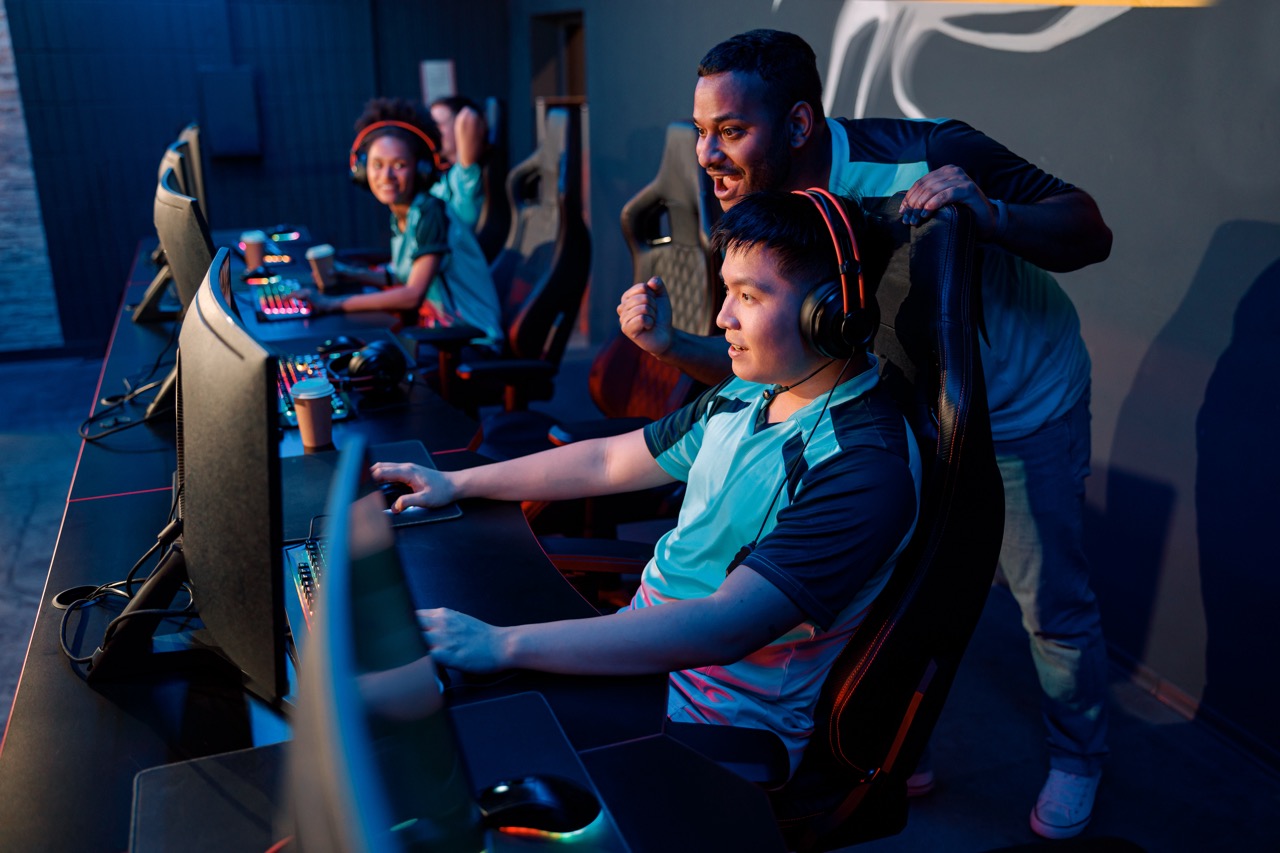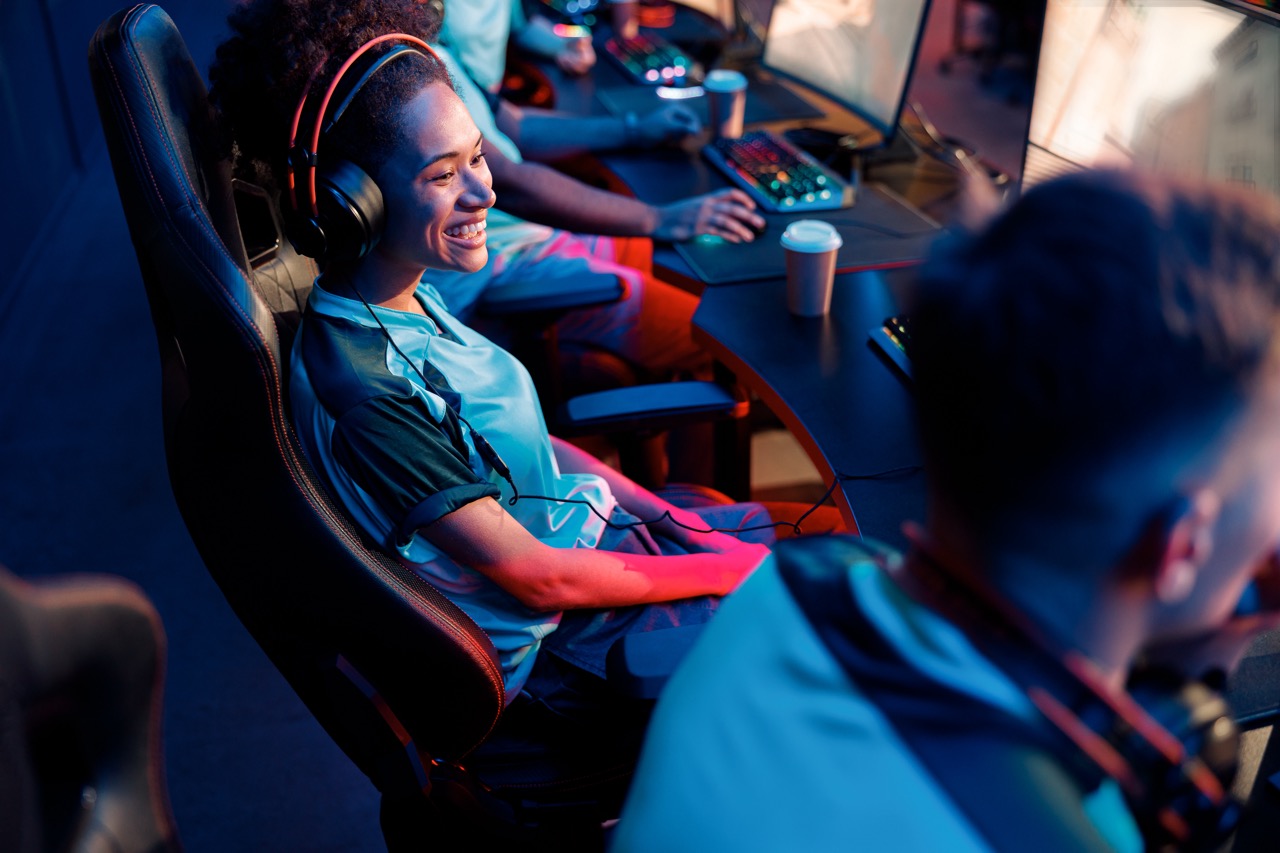In the fast-paced world of game development, creating a game that resonates with players is no small feat. One critical process that can make or break your game is playtesting. This often-overlooked step can unveil crucial insights about gameplay mechanics, user experience, and overall enjoyment. In this article, we’ll explore the importance of playtesting in game development, from how it can revolutionize your approach to identifying potential pitfalls before they become costly mistakes.
Why Playtesting Is a Game-Changer for Developers
Playtesting is like a health check for your game. It helps developers gain a fresh perspective by allowing real players to interact with the game in its raw form. Often, developers become so immersed in their creations that they might overlook fundamental issues. A playtest session reveals elements that could frustrate or confuse players, offering a chance to refine and enhance the overall experience.
Moreover, playtesting offers developers the opportunity to assess whether their vision aligns with the actual gameplay. It’s not unusual for a feature that looks great on paper to feel out of place in practice. By observing players in real-time, developers can identify misalignments and make necessary adjustments to ensure coherence in gameplay.
It also fosters a collaborative spirit between developers and players. When players provide feedback, developers can engage directly with their audience, fostering a sense of community and investment in the game. This relationship can lead to valuable insights that would be difficult to gather through traditional market research methods.
Finally, playtesting can help establish a solid foundation for marketing efforts. Games with strong player feedback and reviews tend to attract more attention. By refining your game based on playtester input, you’re not just improving the game but also setting the stage for a successful launch.
Understanding Player Feedback: The Key to Success
Player feedback is like gold in the game development process. It provides essential insights into what players enjoy, what frustrates them, and what keeps them coming back for more. Gathering this feedback helps developers understand player motivations and preferences, catering the game experience to meet those needs.
During playtests, feedback can be both qualitative and quantitative. While players might express their thoughts verbally or through surveys, their actions in the game can also speak volumes. Observing how players interact with elements of the game allows developers to understand which mechanics are engaging and which ones may need reworking.
One important aspect of understanding player feedback is discerning between subjective opinions and actionable insights. Not all feedback will resonate with all players, and developers must weigh the comments carefully. A feature that one player dislikes might be a favorite for another. The key is to look for trends and patterns in the feedback, focusing on common pain points or areas where players seem particularly engaged.
Finally, creating a feedback-friendly environment can help ensure honest and constructive criticism. Players should feel comfortable sharing their thoughts without fear of repercussions. Encouraging honesty not only leads to better insights but also fosters goodwill between developers and players, ultimately strengthening the bond with your future audience.
Playtesting Saves Time: Avoiding Costly Mistakes
Time is money in game development, and playtesting helps save both. By identifying issues early in the development process, teams can avoid the costly mistakes that often arise from late-stage changes. Imagine wrapping up your game only to discover a major flaw; not only would it require additional resources to fix, but it could also delay your launch.
By integrating playtesting throughout the development cycle, teams can catch issues as they arise rather than having to overhaul large portions of the game later. This iterative approach allows for a more fluid development process, where feedback is continually integrated into the game, leading to a polished final product.
Moreover, playtesting can help prioritize features and functionalities based on player interest and engagement. By determining what players love or hate, developers can allocate their resources more effectively, focusing on what really matters and avoiding unnecessary work on elements that may not resonate with the audience.
In the long run, the savings from avoiding post-launch patches, marketing setbacks, and player dissatisfaction can be immense. A well-tested game is not only more likely to succeed commercially but also fosters a loyal player base that trusts the developer’s ability to deliver quality experiences.
Different Types of Playtesting You Should Know About
When it comes to playtesting, there is no one-size-fits-all approach. Different types of playtesting serve various purposes, and knowing which to employ can significantly enhance the feedback process. One of the most common forms is alpha testing, typically conducted by internal teams or a small group of trusted players. This stage is crucial for identifying major bugs and gameplay issues before the game is shown to the public.
Beta testing, on the other hand, expands the testing pool to include a larger audience. This phase is often utilized to gather feedback on gameplay balance, user interface, and overall enjoyment. Beta testing can help developers understand whether the game will resonate with a broader audience and can provide valuable insights into the marketing potential of the game.
Another interesting form of playtesting is focused playtesting, where specific elements of the game are tested in isolation. This approach is especially useful for complex systems or mechanics that require detailed scrutiny. By limiting the scope, developers can dive deep into specific aspects, ensuring they function correctly before integrating them into the larger game.
Finally, remote playtesting has gained popularity thanks to advancements in technology. It allows developers to gather feedback from players across the globe without needing physical presence. This method can provide diverse perspectives and insights, making it an invaluable tool for developers looking to create universally appealing games.
The Role of Playtesters: Who Are They and Why Care?
Playtesters are the unsung heroes of the game development process. These individuals come from various backgrounds and experiences, but they share a common passion for gaming. They serve as a crucial link between developers and the gaming community, providing insights that can significantly impact the game’s success.
The best playtesters are not only enthusiastic gamers but also possess the ability to articulate their thoughts clearly. They provide constructive criticism that helps developers understand what works and what doesn’t. Their feedback can range from gameplay mechanics to the game’s story and art style, covering all aspects that contribute to the overall player experience.
Moreover, playtesters often come with fresh eyes. Developers, being steeped in their work, might overlook certain elements that need improvement. A playtester can spot issues that developers might have become desensitized to, ensuring that no stone is left unturned in the quest for a great game.
Finally, playtesters care because they want to see better games hit the market. Many playtesters are avid fans eager to support the industry they love. By participating in playtesting, they feel a sense of ownership and involvement in the development process, and their engagement can lead to closer community ties and more enthusiastic players upon the game’s release.
Tips for Effective Playtesting: Maximize Your Efforts!
To get the most out of your playtesting sessions, consider creating a structured playtest plan. Start by defining clear objectives for what you want to achieve from the session. Whether it’s testing a specific mechanic or gauging overall enjoyment, having a clear focus can streamline the process and yield more valuable insights.
Next, make sure to select a diverse group of playtesters. Having a variety of players with different backgrounds, skill levels, and gaming preferences can provide a rich tapestry of feedback. This approach ensures that the game is tested from multiple angles and can reveal insights that may not have surfaced with a homogenous group.
Communication during playtesting is key. Encourage playtesters to share their thoughts openly, and consider employing both verbal and written feedback methods. Creating a comfortable environment where players feel free to express their opinions will lead to more honest and constructive criticism.
Finally, don’t forget to follow up! After the playtesting session, take the time to analyze the feedback and communicate any changes or adjustments you plan to make. This not only keeps playtesters engaged but also demonstrates that their input is valued, encouraging them to participate in future sessions.
In conclusion, playtesting is an invaluable part of the game development process. It allows developers to gain insights from real players, saving time and resources while enhancing the overall experience. By understanding player feedback, implementing effective playtesting strategies, and valuing the role of playtesters, developers can ultimately create games that resonate with their audience. So, whether you are a seasoned developer or just starting, remember that playtesting could very well be the secret ingredient to your game’s success!










